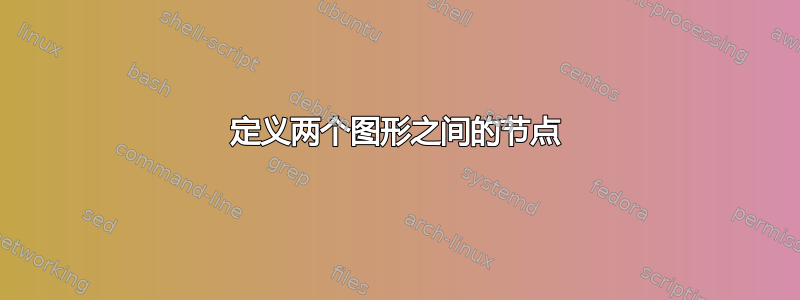
我想要两个图形之间的一个箭头,我知道我可以使用 Tikz 来实现,但是我如何定义图形之间中间点的坐标。
\documentclass{beamer}
\usepackage{tikz}
\begin{document}
\begin{frame}{Advantages Vs. a Word processor}
\underline{How dose it look like?} \\ \vspace{1em}
\begin{columns}[T,onlytextwidth]
\begin{column}{.4\textwidth}
{\tikz\node[coordinate](start1){};}
\includegraphics[scale=0.17]{Lat001.png}
\end{column}
\documentclass{beamer}
\begin{column}{.4\textwidth}
{\tikz\node[coordinate](end1){};}
\includegraphics[width=15cm,
height=5cm,
keepaspectratio]{Lat002.png}
\end{column}
\end{columns}
% \begin{tikzpicture}[overlay, remember picture, -latex, color=blue!15!red,
% yshift=1ex, shorten >=1pt, shorten <=1pt, line width=0.1cm]
% \path[->] (start1) edge [out=150, in=240] (end1);
%\end{tikzpicture}
\end{frame}
\end{document}
答案1
当然,这取决于你想在这张幻灯片上放什么,但我不会columns为图像使用环境。相反,我会把两幅图像放在一个tizpicture环境中。这样做很容易在它们之间画一个箭头:
\begin{tikzpicture}
\node (start1) at (0,0) {\includegraphics[scale=0.17]{example-image-a}};
\node (end1) at (10,0) {
\includegraphics[width=15cm, height=5cm,
keepaspectratio=0.17]{example-image-b}
};
\draw[thick, ->](start1.east)--(end1.west);
\end{tikzpicture}
如果你确实需要将图像放在columns环境中,那么你可以使用蒂克兹马克:
\begin{columns}[T,onlytextwidth]
\begin{column}{.4\textwidth}
\tikzmarknode{start2}{
\includegraphics[scale=0.17]{example-image-a}
}
\end{column}
\begin{column}{.4\textwidth}
\tikzmarknode{end2}{
\includegraphics[width=15cm, height=5cm,
keepaspectratio=0.17]{example-image-b}
}
\tikz[remember picture,overlay]{
\draw[thick, ->](start2.east)--(end2.west);
}
\end{column}
\end{columns}
这两种方法的结果是:
当然,你需要使用真实图像来微调图像的位置和大小。这里我使用了姆韦包。以下是完整代码:
\documentclass{beamer}
\usepackage{tikz}
\usepackage{mwe}
\usetikzlibrary{tikzmark}
\begin{document}
\begin{frame}{Advantages Vs. a Word processor}
\underline{How does it look like?} \\ \vspace{1em}
\begin{tikzpicture}
\node (start1) at (0,0) {
\includegraphics[scale=0.17]{example-image-a}
};
\node (end1) at (10,0) {
\includegraphics[width=15cm, height=5cm,
keepaspectratio=0.17]{example-image-b}
};
\draw[thick, ->](start1.east)--(end1.west);
\end{tikzpicture}
\end{frame}
\begin{frame}[fragile]{Advantages Vs. a Word processor}
\underline{How does it look like?} \\ \vspace{1em}
\begin{columns}[T,onlytextwidth]
\begin{column}{.4\textwidth}
\tikzmarknode{start2}{
\includegraphics[scale=0.17]{example-image-a}
}
\end{column}
\begin{column}{.4\textwidth}
\tikzmarknode{end2}{
\includegraphics[width=15cm, height=5cm,
keepaspectratio=0.17]{example-image-b}
}
\tikz[remember picture,overlay]{
\draw[thick, ->](start2.east)--(end2.west);
}
\end{column}
\end{columns}
\end{frame}
\end{document}



